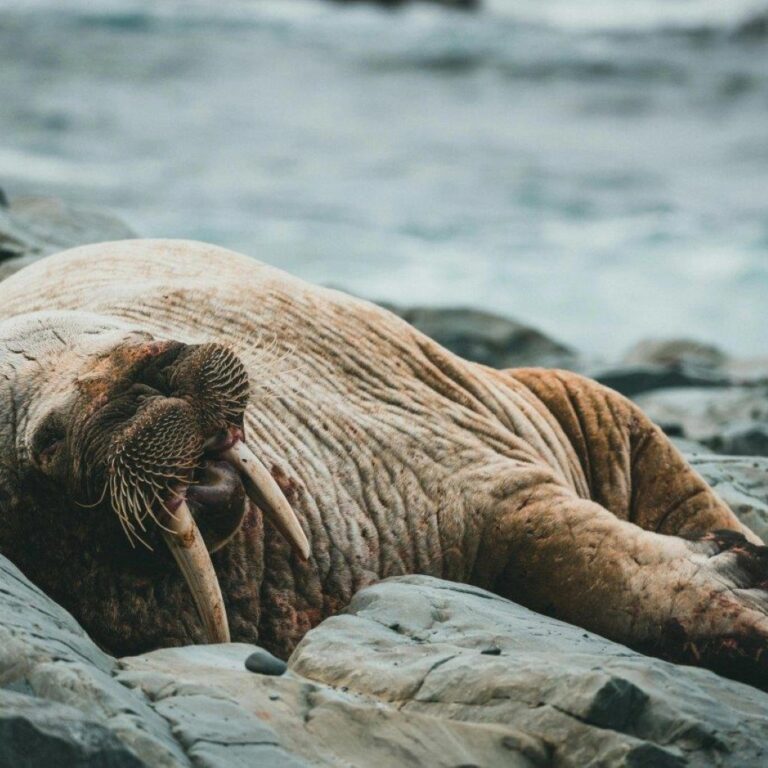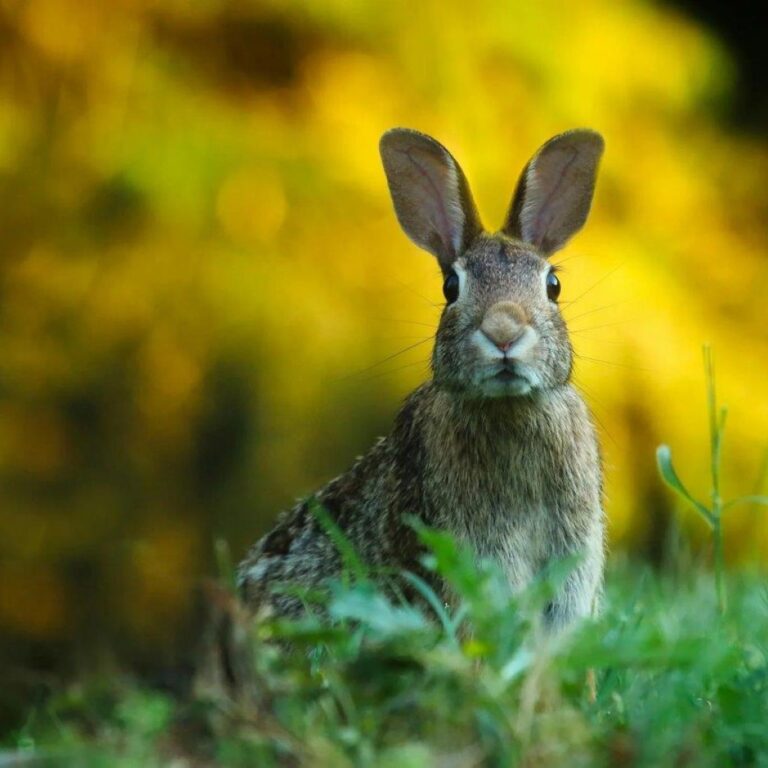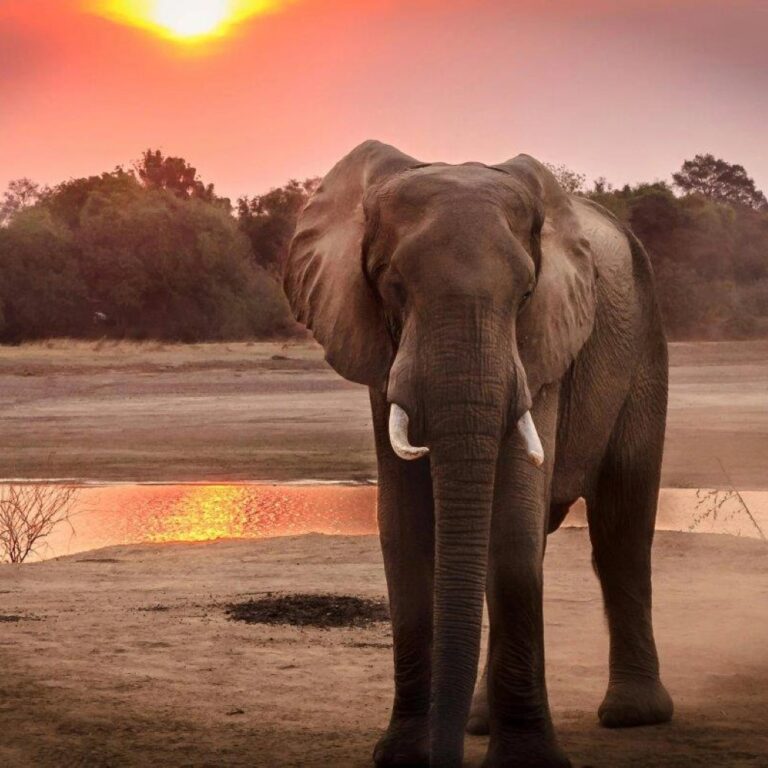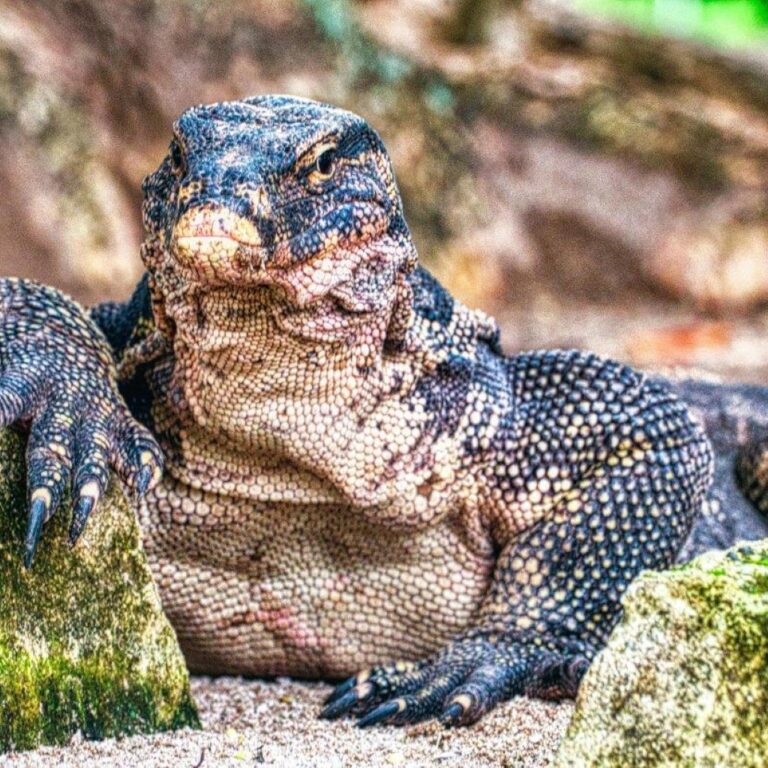Walruses boast enormous tusks that can grow up to 3 feet long. Not only do they use them to defend against predators, but they also help haul themselves onto ice, which makes their tusks both practical and awe-inspiring.
Despite their bulk, walruses are surprisingly agile swimmers. Using their powerful flippers, they can propel themselves through icy waters with grace and speed, reaching distances of over 60 miles without tiring.
Male walruses display their tusks as a sign of dominance during mating season. Consequently, tusk size often determines who gains access to the largest harems, adding a dramatic social element to their icy world.
Walruses have thick blubber layers that can reach 6 inches deep. As a result, they survive freezing Arctic temperatures, demonstrating a natural insulation system that’s both efficient and essential for life in extreme conditions.
Interestingly, walruses can slow their heart rate dramatically while diving, allowing them to stay underwater for up to 30 minutes. Meanwhile, this remarkable adaptation helps conserve oxygen while they hunt for clams on the ocean floor.
They feed primarily on benthic invertebrates, like clams and mussels, which they suck out of shells using an incredibly strong vacuum-like mouth. Consequently, walruses are both effective hunters and ecosystem engineers, stirring the ocean floor as they feed.
Despite their size, walruses communicate using a complex system of vocalizations, including bell-like sounds, clicks, and grunts. Moreover, mothers and calves rely heavily on these calls to maintain bonds in crowded, noisy haul-out sites.
Walruses often gather in massive herds, sometimes numbering over a thousand individuals. Not only does this provide safety in numbers, but the sheer spectacle of so many tusks and flippers together is a breathtaking sight.
Their skin is surprisingly sensitive. While it appears tough and wrinkled, walruses can feel subtle changes in water pressure, which helps them detect predators and navigate treacherous ice floes.
Calves are born weighing up to 100 pounds and can swim almost immediately. Therefore, young walruses quickly develop the skills needed to survive alongside adults in harsh Arctic conditions.
Walruses have strong social hierarchies. Dominant bulls often control access to prime resting spots on the ice, which creates dramatic interactions that can involve vocal displays and tusk jousting.
They migrate seasonally, moving hundreds of miles to find suitable ice or food sources. Interestingly, these long treks show remarkable memory and navigation skills, as walruses return to familiar locations year after year.
Their massive tusks aren’t just for show. Walruses also use them to break breathing holes in thick ice, enabling survival when sea ice would otherwise trap them underwater.
Even predators like polar bears avoid adult walruses due to their size, strength, and tusks. However, cubs can be vulnerable, showing the delicate balance of Arctic predator-prey relationships
Finally, walruses inspire both fascination and scientific study. Not only do they play a crucial role in the Arctic ecosystem, but their extraordinary adaptations—tusks, blubber, social intelligence, and diving ability—make them one of the ocean’s most captivating giants.
How useful was this post?
Click on a star to rate it!



